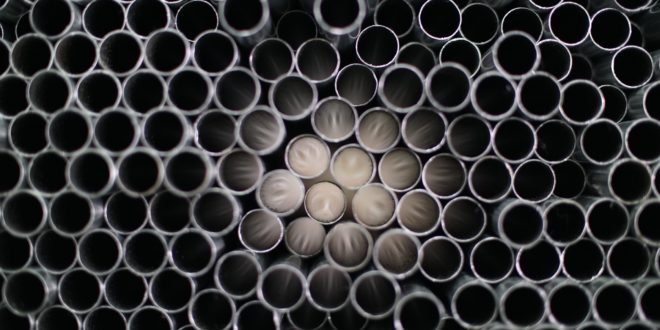
Steel Prices
What’s Happened and Where are We Going?
The staff at the American Fire Sprinkler Association (AFSA) has been fielding concerns over steel pricing for months and while no one has a crystal ball, we have been communicating with steel pipe providers in the hope of providing members with some guidance.
CNN Business News published an article on May 6, 2021, about the steel price being a bubble. https://www.google.com/amp/s/amp.cnn.com/cnn/2021/05/06/investing/steel-shortage-stocks-bubble/index.html
“Of course it is a bubble,” says Bob Bussiere, sprinkler product manager at Wheatland Tube, who shared the article with AFSA staff. Bussiere went on to reiterate a few points that have been painfully obvious to sprinkler contractors for months:
- Steel prices are hitting new records every week.
- We got here when the COVID19 virus hit last year.
- Demand exceeded supply allowing the mills to push prices up.
There is a confluence of issues and circumstances driving steel pricing that will not subside quickly. Domestic steel mills permanently idled 7.41 million tons of annual capacity (USS and Cliffs) at the onset of the pandemic. Now, 1.3M tons remain on idle at US Steel (USS) GC, and Cliffs have furnaces idled with a capacity of 2.9M tons. That’s a total of 11.6 million tons.
After bottoming out around $460 last year, US-benchmark hot-rolled coil steel prices are now sitting at around $1,500 a ton, a record high that is nearly triple the 20-year average. Steel stocks are on fire. US Steel, which crashed to a record low last March amid bankruptcy fears, has skyrocketed 200 percent in just 12 months. Nucor has spiked 76 percent this year alone.
According to the CNN article, Bank of America financial analyst Timna Tanners noted that steel is just the latest shortage to hit the US economy as it recovers from a pandemic that scrambled supply chains and set off sharp shifts in demand. Everything from computer chips and lumber to chlorine and tanker truck drivers are in short supply. Manufacturers, restaurants, and other businesses are also desperate for workers.
Bussiere noted that the capacity coming on line, from BRS started in November 2020 of 1.4M ton is still ramping up, SDI Sinton (3M tons start September) Nucor Gallatin (1.4M tons start January 2022) and NSBS (.9M tons startup first quarter 2022) is only 6.7M tons, leaving the market in deficit when compared to available capacity in the industry.
More imports are coming in over the next few months and then will likely go lower again.
China has reduced production as it tries to reduce pollution and the export tax of 13 percent was eliminated. This has pushed China’s prices up and has allowed world prices to move up further.
The automotive industry has had a chip problem that has reduced a portion of the overall demand. The automotive steel demand is going to jump when it gets its chips, probably in the third quarter.
So, with all of this summary and knowledge, where are we going? Steel availability is likely to remain tight for several more months maybe through the calendar year.
The good news, for steel buyers at least, is that analysts say all of the US-steel-production capacity that was idled during the pandemic has returned. That’s why Bank of America analyst Tanners is confident the shortage will soon end, causing steel prices to collapse. History shows that steel stocks “tend to peak” a month or so before steel prices, US Steel, in particular, is vulnerable to a commodity downturn because it has the most amount of debt and the greatest need to spend to upgrade its plants.
How does politics play into this issue? The article calls out one big wildcard is the fate of the tariffs on most imported steel the Trump administration imposed in 2018 to boost the domestic industry. If the Biden administration rolls back even just some of those tariffs, it would ease supply constraints and weigh on steel prices.
While we cannot advise our members how to plan for the future of steel pricing any more than anyone else, we have our ear to the ground and will continue to share information as it becomes available to assist you in decision making.
ABOUT THE AUTHOR: Bob Caputo, CET, CFPS, is president of the American Fire Sprinkler Association.

 Sprinkler Age A Publication of the American Fire Sprinkler Association
Sprinkler Age A Publication of the American Fire Sprinkler Association